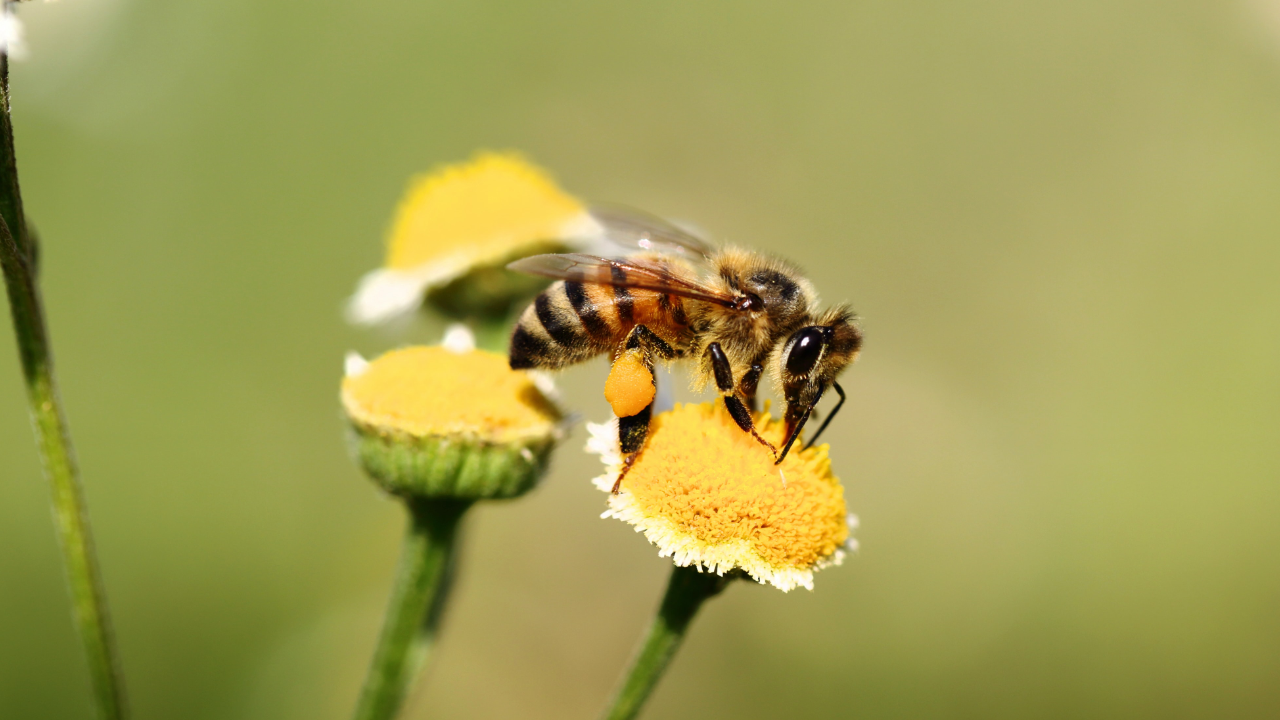Trees for bees
In rural areas, bees have a more varied diet compared to urban areas. Scientists from the Institute of Nature Conservation of the Polish Academy of Sciences and other centers investigated what kind of pollen the red mason bee (Osmia bicornis) collects depending on the degree of urbanization.

Urbanization and the development of agriculture have a significant impact on the way bees feed themselves and, consequently, on ecosystem resources such as pollination. The research showed that in the rural environment the pollen diversity was much greater than in the suburban areas. Interestingly, bees in an urban environment mainly collected pollen from trees, while bees from suburban and rural areas mainly collected pollen form herbaceous plants and shrubs. It was found that the studied bees seem to be opportunistic and collect pollen from plants present in the environment. Moreover, they repeatedly collect pollen from oak, maple, chestnut and elm trees. The conclusion is that in order to create a favorable habitats for bees, these tree species should be planted and maintained in urban agglomerations.
Research on the nutritional preferences of the red mason bee (Osmia bicornis) was carried out by Aleksandra Splitt and Dr. Piotr Skórka from the PAS Institute of Nature Conservation in cooperation with scientists from the National Institute of Horticultural Research in Puławy and the Faculty of Environmental Biology of the University of Life Sciences in Lublin. The article "Keep trees for bees: Pollen collection by Osmia bicornis along the urbanization gradient" was published in Urban Forestry & Urban Greening journal.
Source of information: PAS Institute of Nature Conservation
